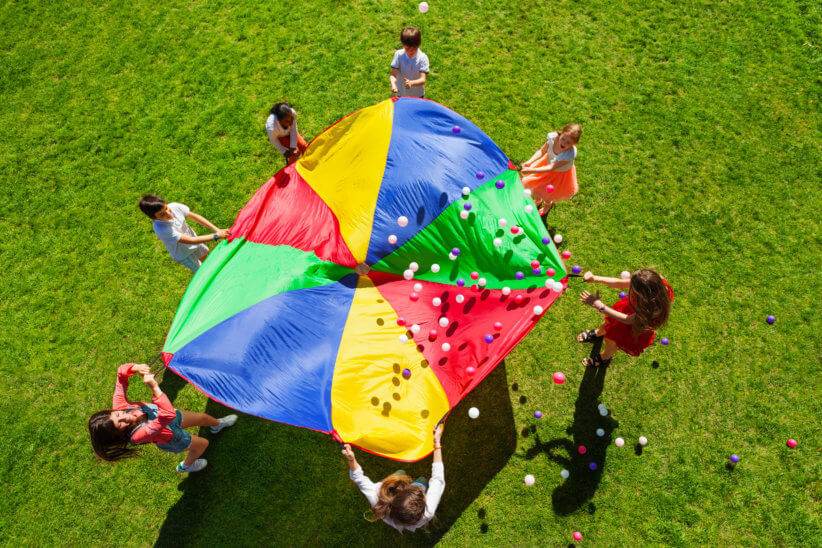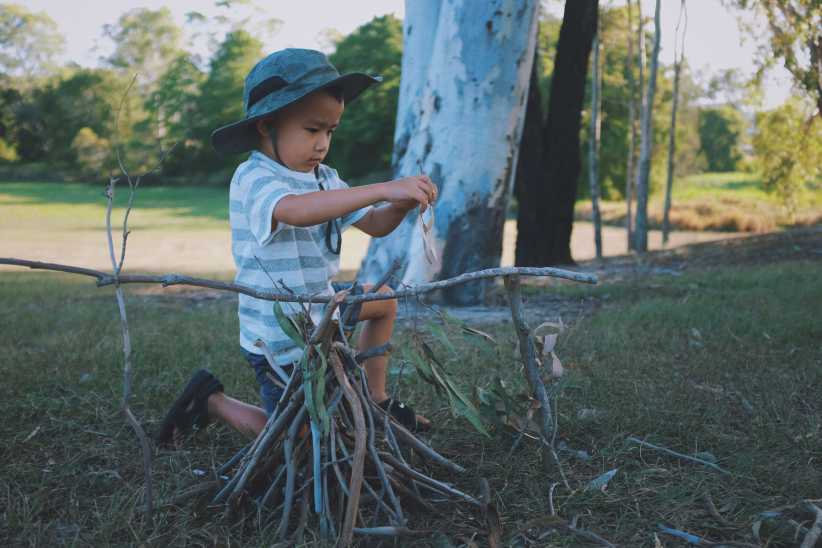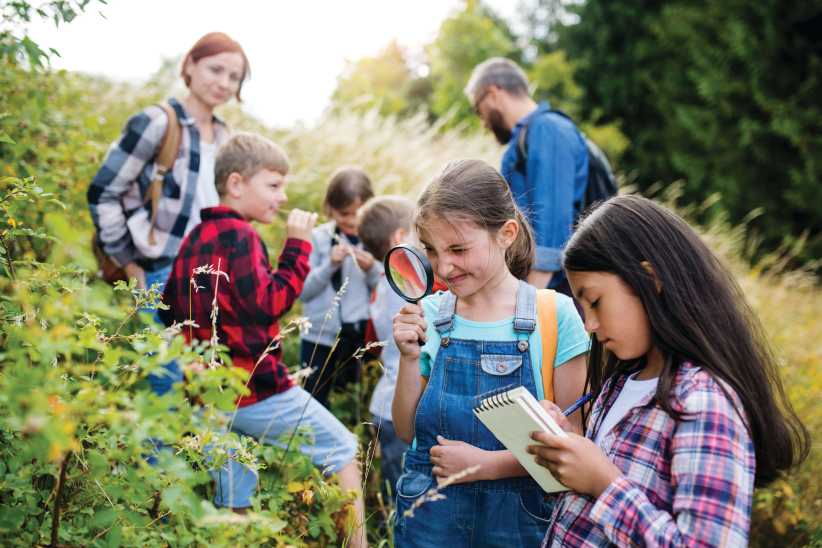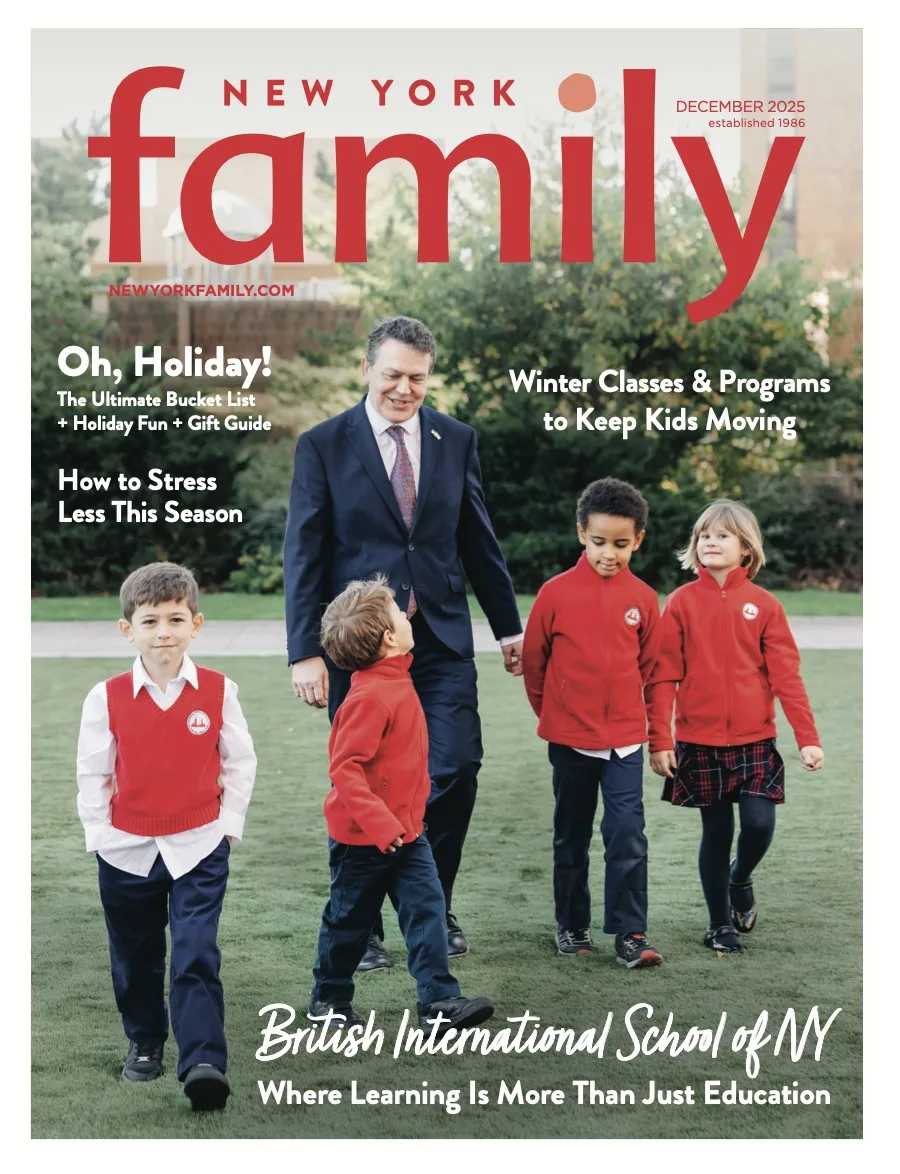
Last spring, COVID-19 changed everything. Children were home navigating distance learning while parents were juggling working from home while assisting their kids with schoolwork. No one knew what the summer would be like and if camps would be able to operate but what became abundantly clear is that children were feeling anxious and lonely and needed camp more than ever before to socialize with other children, take a break from screens and participate in activities outside of their homes. With guidance from the American Camp Association, CDC, medical professionals and state and local Department of Health offices, camps where states were able to operate adjusted their programs to put numerous health and safety protocols in place to mitigate the risk of COIVD-19 at camp. Here’s how these camps ran successfully and how they now have a blueprint for running safely in a pandemic.
Psst…Read about “Why Kids Need Camp After a Year of Remote Learning“
The Decision to Open
Unfortunately, for many camps, the decision to not operate was made by the Governor of the state the camps resided in. For others who could open, there were many factors to consider. Andy Lilienthal, Owner and Director of Camp Winnebago, an all-boys overnight camp in Maine, initially had a discussion about health and risk with his wife Laura, who is also a pediatrician and the camp’s medical director. They knew that children were suffering emotionally last spring and felt a mission towards being a key to children’s development. “If ever there was a summer to provide camp for children, this was it. We took a look at our intrinsic assets at camp — our camper density was low, we have a flexible program and we have mental health professionals and medical staff at camp. We realized we could make this work and we didn’t have to change a lot of our physical plant to do it safely. It also quickly came back to the fundamental goals of camp. What is it about camp that’s important? Once we honed in on that, we knew we could do it. We understood that camp may look different, but the deliverables like strong friendships, social-emotional learning and emotional safety would very much be the same as any given summer.” Katie Duffy, Director of the Asphalt Green Camps in NYC explained that by the time New York State gave day camps the green light to operate in June, they had already created a structure of what camp could like look based on the guidelines from the American Camp Association and guidance from the CDC. “We had to be practical about our camps and facilities and what was doable and what wasn’t. We felt that our uptown camp could open because of our large outdoor field but unfortunately, we couldn’t run our Battery Park camp because we couldn’t secure the outdoor space.”
Communication
With so much uncertainty at the time, communication with parents was imperative and was key to many camps success last summer. “Winnebago sent out numerous communications to parents and hosted a series of Zoom calls with families in the spring. We encouraged open and frank conversation, letting parents know we were going to be transparent in our plans,” Lilienthal said. “Over these Zoom calls, parents were able to digest information, ask questions, gauge where we were at and make decisions for themselves on whether or not to send their child to camp.”
Multi-Layered Plan
Lilienthal said there wasn’t just one safety protocol but a number of them working together that lowered the risk of COVID at camp. “We had a multi-layered approach that was like layers of Swiss cheese. Every intervention had holes in it — physical distancing, masks, cohorting — none of them were perfect but when you put layers on top of each other, the holes in the cheese got smaller.” Camp Winnebago’s plan included: a testing regiment for both campers and staff; daily health checks; small cohorts and opening them to larger cohorts and then eventually the whole camp once it was deemed that everyone at camp was COIVD free; increased hand sanitizing and hand washing as well as increased disinfecting of equipment and facilities; outdoor activities; masks when near other cohorts or inside; and many more protocols to keep camp a healthy environment. Duffy said they looked at camp from A-Z, from top to bottom to see what changes needed to be implemented in order to create a COVID safe environment. “Asphalt Green put in a thermal scanner that campers walked through each day to read their temperature, had two nurses instead of just one, social distanced from other cohorts, used tons of hand sanitizer and added portable sinks inside and outside for hand washing and staff wore masks at all times, with children wearing them at arrival and when transitioning to different activity spaces. We worked hard to keep the program as is and to maintain a community feel. We still had color war, carnival and morning assemblies but we just did them safely and in careful ways.”
Summer 2021
The good news is camps will be open for summer 2021 and camps have already proven they can run safe, healthy programs amid a pandemic. “I think that summer 2021 will not be the same as 2020 and that this summer will deliver its own set of challenges but knowing that camps have a blueprint for operating in a pandemic and that we can alter our program to meet those new challenges is the important piece,” said Lilienthal. “Think about why you would send your child to camp in a typical year and hopefully you are doing it for the independence they will gain, friendships they will make and for connections with role models. If there is a way to send your kids to camp this summer and have them be safe, which we have proven we can do, there has never been a summer that kids need camp more than this summer.”
Register for Our 2021 Virtual Camp Fairs here!
Sunday, January 31 @ 10am, Tuesday, February 2 @ 5pm













